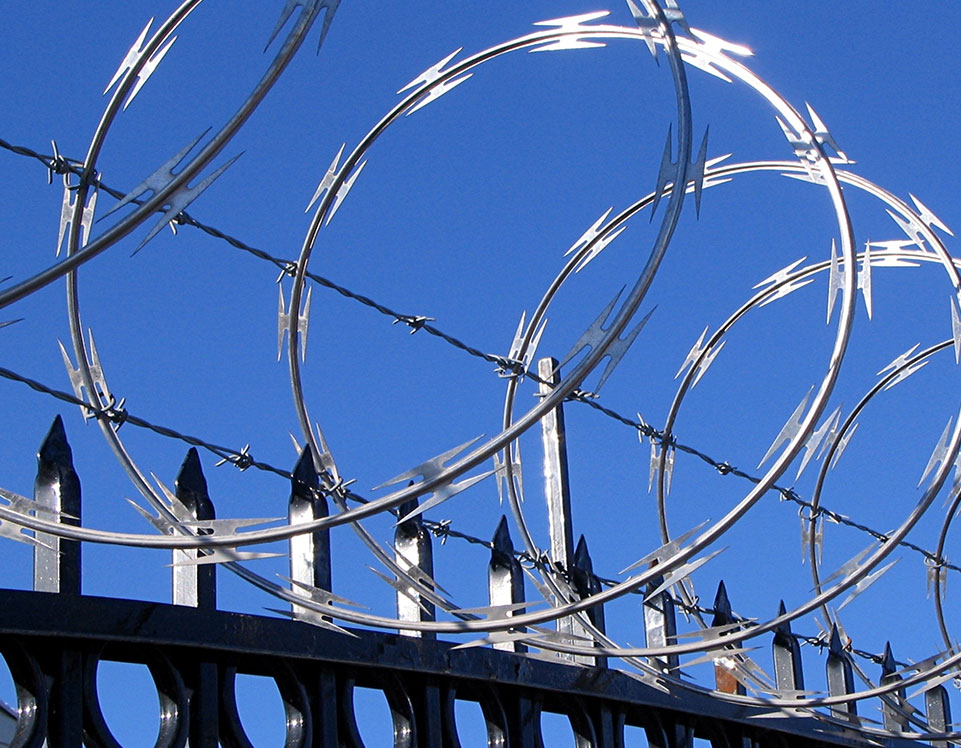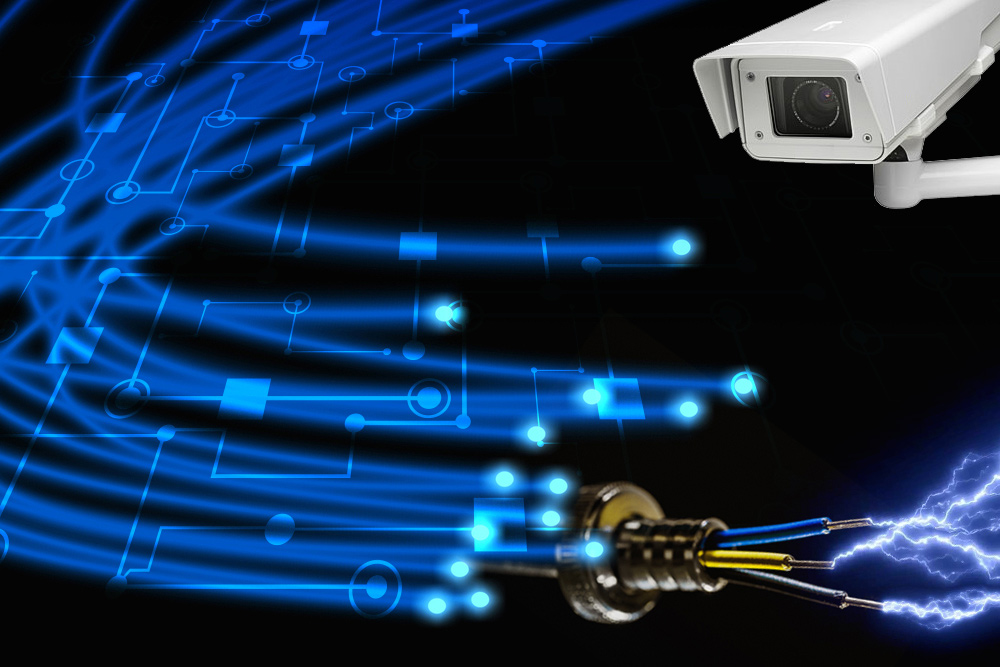The Importance of a Fiber Optic Security System in Protecting Critical Infrastructure and Facilities
Why Fiber Optic Protection Systems Are the Future of Protection
The shift to fiber optic protection systems notes a considerable innovation in the world of protection, driven by their phenomenal information transmission capabilities and durability to outside disturbances. As the landscape of protection evolves alongside arising modern technologies such as AI and IoT, the potential for fiber optics to enhance and redefine safety frameworks comes to be significantly noticeable.
Benefits of Fiber Optic Systems
One of the main advantages of fiber optic systems is their superior data transfer capacity, which assists in the transmission of huge volumes of data over cross countries without significant loss. This particular is specifically valuable for protection applications that call for the constant surveillance and transfer of high-def video clip feeds, sensor data, and various other vital details. Optical fiber can accommodate the expanding demands of contemporary safety and security systems, guaranteeing that data remains intact and dependable.
Additionally, fiber optic wires are much less prone to electro-magnetic interference, which can be a substantial problem in environments with various digital gadgets. This resistance boosts the stability of the data being transferred, consequently decreasing the threat of data violations or system failings. Fiber optic systems are inherently much more secure than conventional copper cords, as touching into a fiber optic line without discovery is exceedingly hard.
The resilience of fiber optic wires likewise adds to their appeal. They are resistant to ecological elements such as dampness and temperature fluctuations, minimizing upkeep expenses and raising system durability. In general, these benefits setting fiber optic systems as a durable and efficient option for contemporary safety facilities, ensuring reliable and safe information transmission.
Enhanced Information Transmission Speed

The capacity to send huge amounts of information quickly promotes the smooth assimilation of high-definition video clip feeds and progressed analytics. Protection systems can currently process and evaluate details in real-time, improving response times and situational understanding. Additionally, fiber optic links support longer transmission ranges without degradation of signal high quality, making them suitable for large security networks.
The boosted speed of fiber optic systems not just enhances the effectiveness of safety procedures however also reduces latency. This is particularly vital in vital scenarios where prompt decision-making can prevent safety breaches or alleviate potential threats. As organizations continue to focus on security and effectiveness, the demand for rapid and dependable information transmission will unquestionably solidify fiber optic systems as a keystone of modern safety framework.
Resistance to Interference
Fiber optic my link protection systems constantly demonstrate outstanding resistance to electro-magnetic interference, a crucial benefit in atmospheres prone to digital sound. Unlike typical copper cords, which can be negatively influenced by magnetic fields, superhigh frequency interference, and other kinds of electrical disturbance, fiber optic cable televisions utilize light to transfer information. This inherent home guarantees that the signals continue to be clear and unchanged, no matter of surrounding digital activity.
Making use of glass or plastic fibers in fiber optic technology creates an obstacle against interference, permitting trusted information transmission even in challenging situations such as commercial facilities, city areas with high digital website traffic, or places near radio towers. This particular dramatically decreases the probability of signal deterioration or loss, making fiber optic systems especially appropriate for security applications where integrity and accuracy of data are extremely important.
Furthermore, this resistance to interference boosts the general performance and integrity of security systems, ensuring that tracking and sharp systems work perfectly. In a globe where protection is progressively intimidated by advanced technologies, the resilience of fiber optic systems sticks out as a pivotal feature, strengthening their standing as a vital part of contemporary protection framework.
Cost-Effectiveness Over Time
Significant expense financial savings can be accomplished in time with the execution of fiber optic safety systems. While the first financial investment might seem greater contrasted to typical copper-based systems, the long-lasting monetary advantages emerge via reduced operational and upkeep expenses (fiber security). Fiber optic cords are inherently more durable and much less susceptible to ecological elements, which converts to decrease substitute and repair expenses over their life expectancy
In addition, fiber optic systems need less power to operate, which additionally reduces energy costs. Enhanced information transmission capabilities enable less repeaters and amplifiers, reducing equipment investment and streamlining installation processes. The scalability of these systems additionally contributes to cost-effectiveness, as companies can expand their safety and security facilities without sustaining considerable extra expenditures.
One more variable to consider is the raised effectiveness in monitoring and feedback abilities that fiber optics provide. Boosted real-time information transmission can Recommended Site bring about quicker case feedback times, potentially mitigating losses and obligations related to protection breaches. In amount, the long-term benefits of fiber optic safety and security systems not only justify the preliminary expense but additionally position them as an economically sensible choice for companies looking for durable defense remedies.

Future Technologies in Safety And Security
Progressing modern technologies are established to transform protection systems, integrating artificial intelligence (AI) and artificial intelligence to improve hazard discovery and feedback capacities. These developments will certainly permit security systems to evaluate huge quantities of information in real-time, recognizing patterns and abnormalities that indicate possible dangers. This proactive strategy will certainly allow quicker decision-making and much more efficient event responses.
Additionally, the consolidation of the Web of Points (IoT) is paving the way for interconnected security tools, supplying thorough surveillance and surveillance. Smart sensing units can pass on info regarding environmental changes, while automated informs can inform safety personnel immediately of dubious tasks.
Furthermore, the development of biometric innovations will certainly even more reinforce security systems. Face recognition, finger print scanning, and retina recognition are coming to be extra innovative, giving layers of verification that are tough to bypass.
Final Thought
Finally, fiber optic protection systems represent a substantial innovation in defense innovation, supplying unequaled information transmission rate, resistance to electro-magnetic disturbance, and lasting cost-effectiveness. As the need for innovative safety remedies continues to grow, the integration of fiber optics with emerging modern technologies such as AI, view publisher site IoT, and biometrics will certainly further enhance safety and security infrastructures (fiber security). The combination of these developments will ensure a much more secure and receptive environment, strengthening fiber optics as a cornerstone of future protection systems